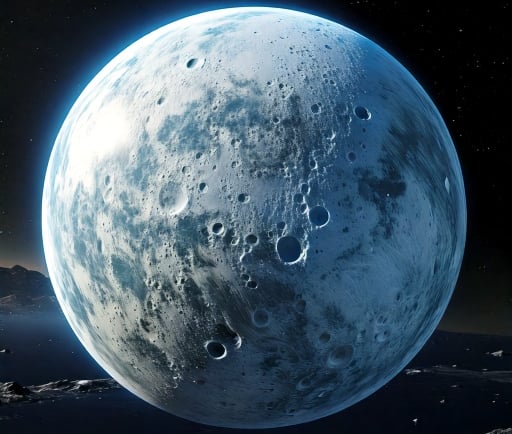Kepler-47d: An Exoplanet in a Circumbinary System


Introduction to Kepler-47d
Kepler-47d is a fascinating discovery in the realm of astronomy, representing one of the few known exoplanets in a circumbinary system. Situated in the Kepler-47 system, this intriguing celestial body is classified as a puffy Neptune-like planet, and it sits delicately between its companions in this unique astronomical arrangement. The dynamics of its orbit and the characteristics of its dual star system offer essential insights into the formation and evolution of planetary systems beyond our own.
Characteristics of Kepler-47d
This planet's classification as a Neptune-like exoplanet suggests that it possesses a thick atmosphere, likely dominated by hydrogen and helium, alongside possible water vapor. The size and mass of Kepler-47d position it in the category of sub-Neptunes, which are typically smaller and less dense than their larger counterparts in the solar system. Kepler-47d's unique characteristic as the middle planet in its system gives it a gravitational balance influenced by its two host stars. Researchers believe this planet orbits around its stars every 187 Earth days, presenting an interesting case for the study of planetary climates and atmospheric science.
The Significance of Circumbinary Systems
Circumbinary systems, like the one containing Kepler-47d, are exceptionally rare in the universe. They are defined by planets that orbit two stars instead of one, challenging our traditional understanding of planetary formation. The existence of Kepler-47d in this type of system raises important questions about how such planets develop and sustain themselves in the gravitational influences of multiple stars. Observations of Kepler-47d could shed light on the conditions necessary for habitable zones within such systems, which may contain planets capable of supporting life.
The study of Kepler-47d and others in similar configurations is a groundbreaking step in understanding the complexities of planetary environments. As we expand our knowledge of exoplanets, particularly those in binary systems, we gain vital information that can inform our perspectives on the conditions necessary for life elsewhere in the universe. Given the intriguing dynamics present in the Kepler-47 system, future investigations will likely focus on understanding the atmospheric composition and potential habitability of Kepler-47d.
In conclusion, the discovery of Kepler-47d is an exciting addition to the catalog of known exoplanets, especially as it resides within the rare and complex structure of a circumbinary system. As astrophysical techniques continue to improve, we eagerly anticipate gaining deeper insights into the nature of Kepler-47d and its companions, potentially unlocking further secrets of our universe.
